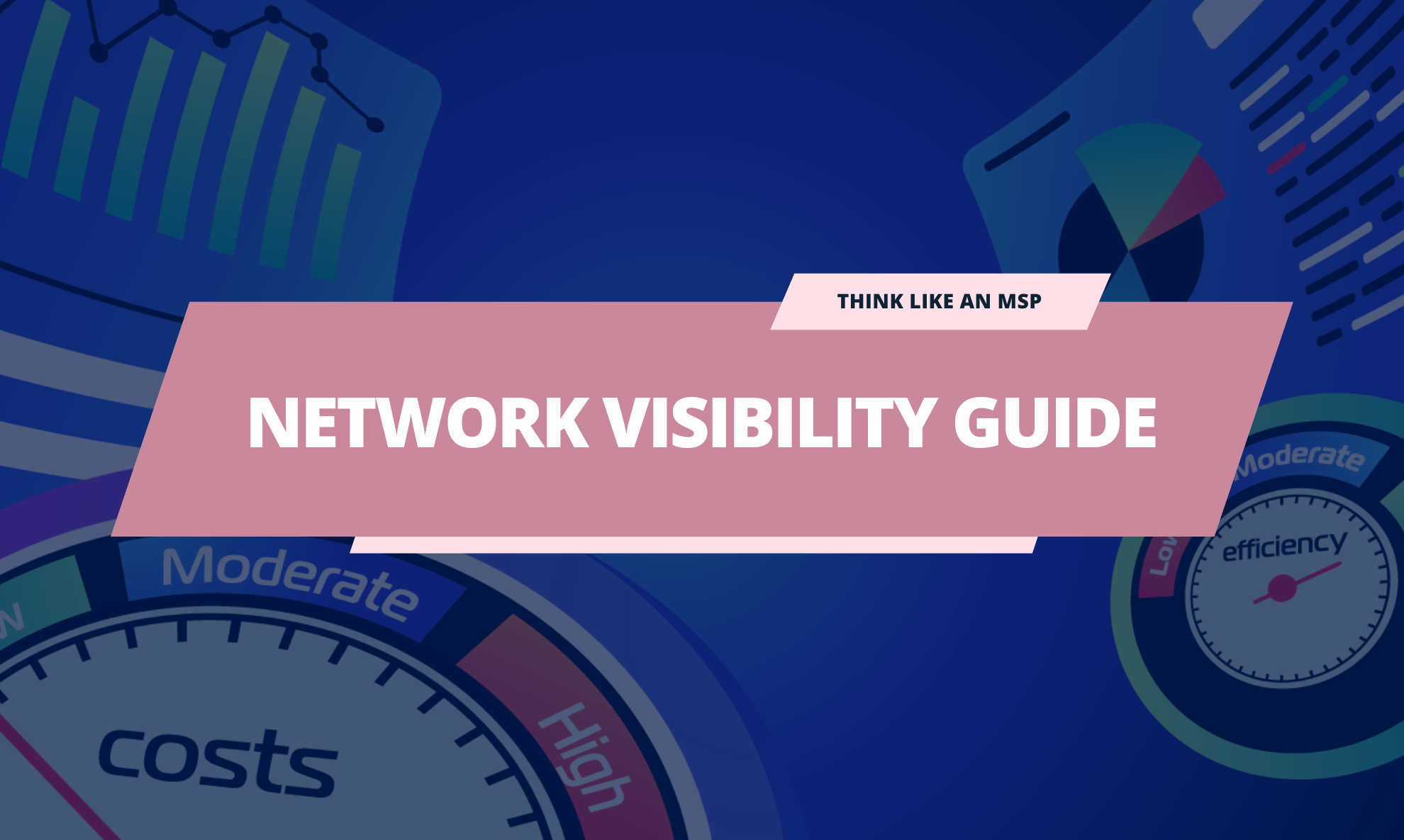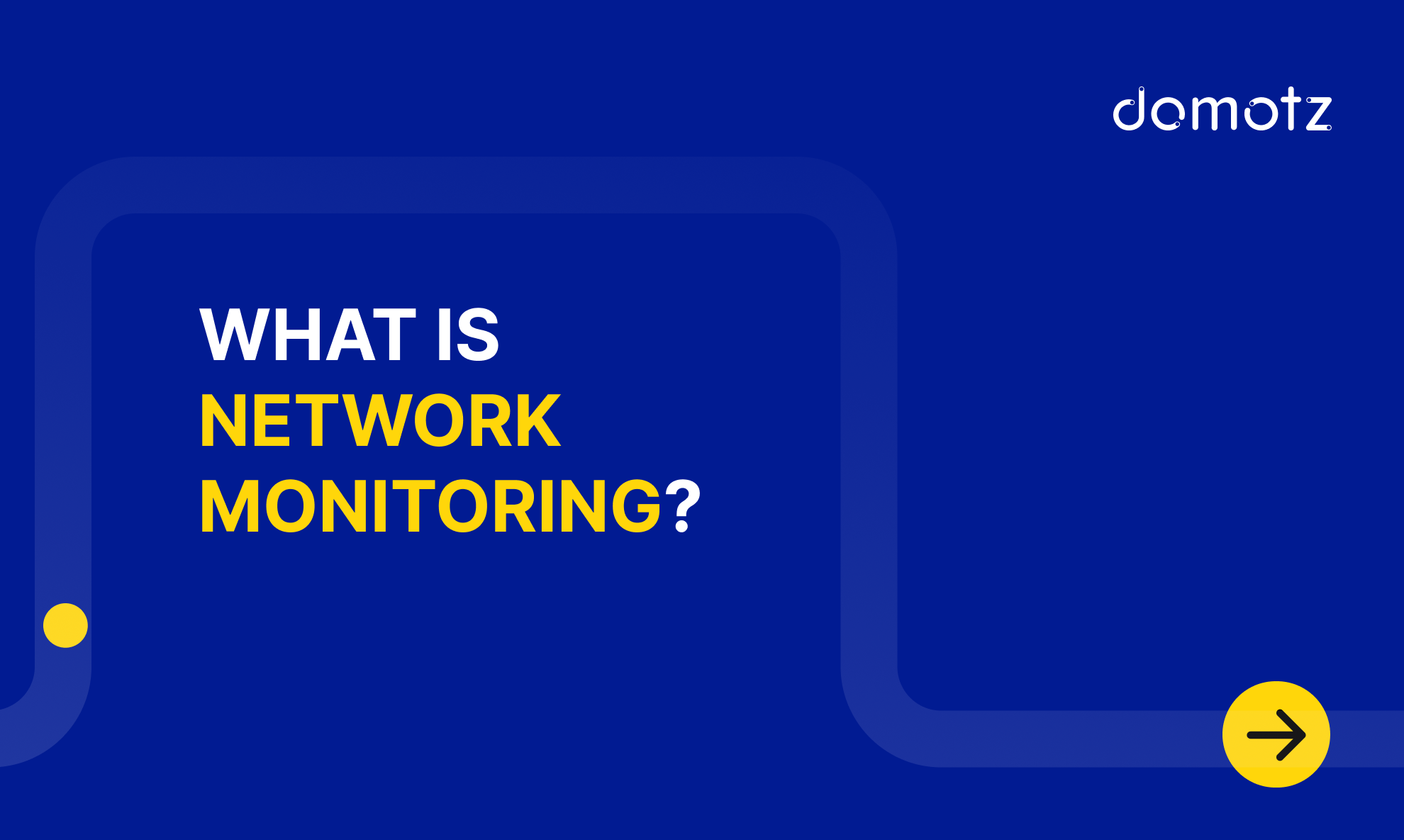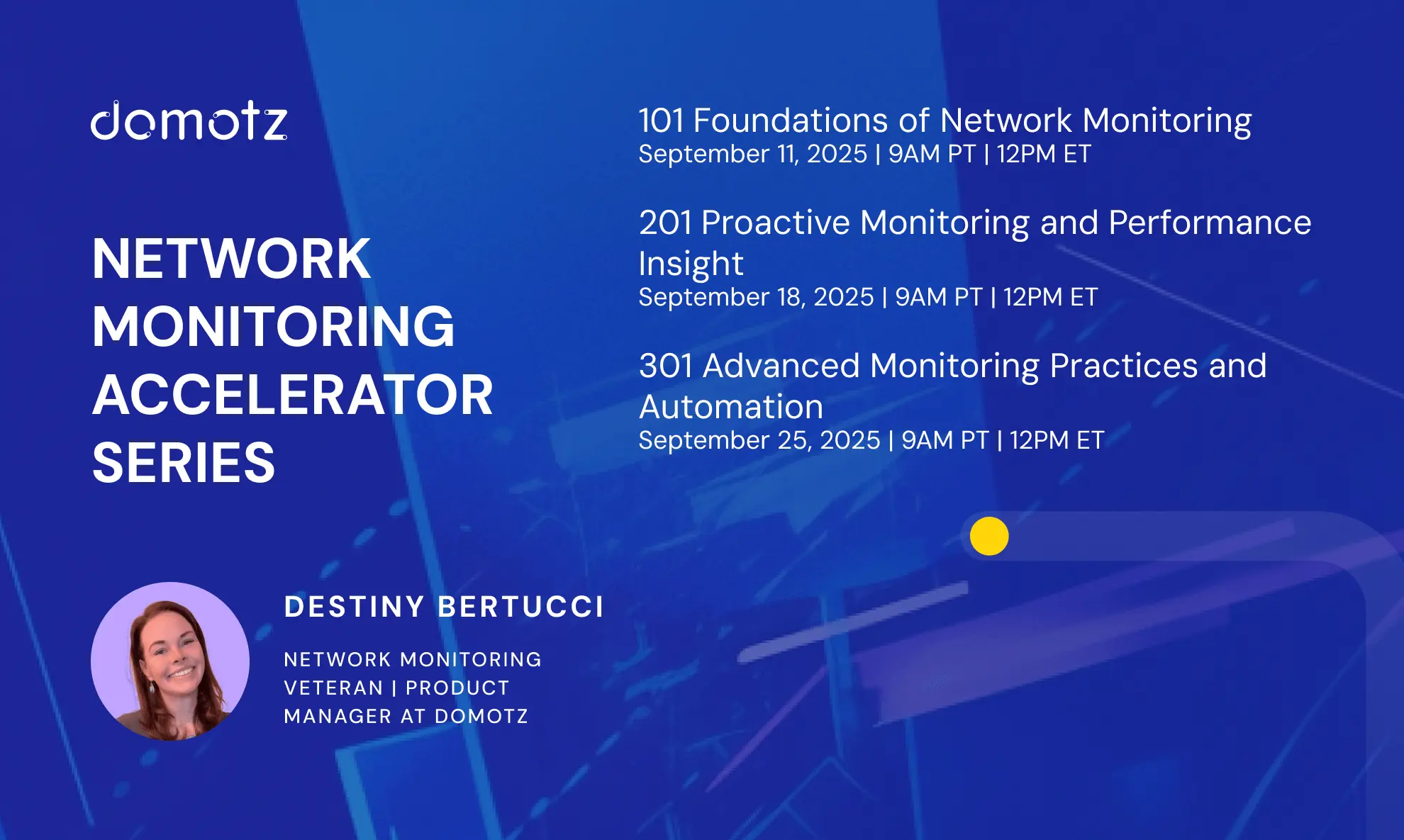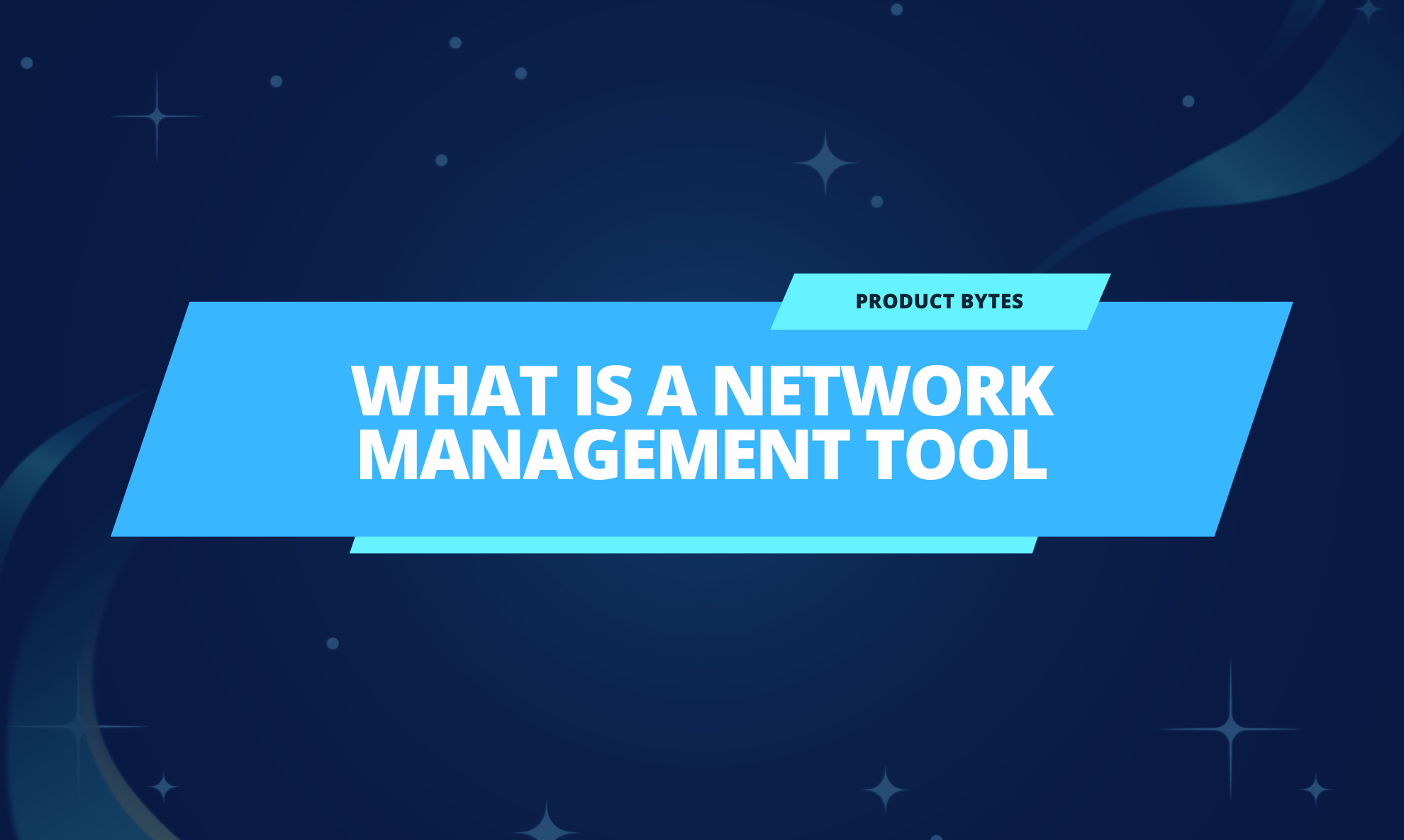Network Visibility Guide
Extensive network visibility has never been more crucial for MSPs, IT professionals, and business owners. Moreover, this is because of cyber attacks rising year after year and more relying on networks and devices than ever.
But what is network visibility, and why does it matter? This guide’ll unravel the secrets of keeping your clients’ networks secure and doing their best. We’ve got you covered from finding network issues and down devices to protecting against cyber threats and seeing potential future problems.
Ready to take control and bring clarity to the chaos? Let’s dive into it.
What is network visibility?
Business networks are a complex tangle of devices and data flows. As more devices plug into a network, how much do you know about what’s happening on this web?
That’s where network visibility comes in. In a few words, it’s you knowing about all devices in a network and what normal and unusual behavior looks like.
For example, imagine a busy office with employees using laptops, mobiles, and printers, each connected to the network. Having a good view of everything connected gives you the power to track these connections, assess their performance, and spot anything that doesn’t look right. Network visibility also lets you know when new devices join a network when things move around, and when something just doesn’t look right.
With the increase of hybrid working and remote teams, networks also include devices that connect to the cloud, which means even more devices to monitor.
Why is network visibility important?
Next, let’s explore why monitoring networks and knowing what is happening is vital for running any business, including yours if you’re an MSP.
The dangers of blind spots
In network management, blind spots can be tricky. Not knowing what’s happening means your clients risk missing vital signs of trouble brewing beneath the surface. This could be from a simple wrong configuration to harmful activity.
For example, let’s say a network speed drops out of the blue. If you don’t have enough network visibility, you won’t be able to identify the root cause. Slow speeds have a range of reasons, from a pending firmware update to a hacker trying out an attack. How will you know what action to take without knowledge of your networks?
You can identify and resolve issues before they advance by staying aware and monitoring network health.
Protecting against rising cybercrime
Cybercrime gets more advanced yearly, and we’re all potential targets. We’ve all heard that cybercrime may top $10 trillion USD by 2025.
It’s not just apparent attempts like phishing emails or weak passwords. Some devices that connect to your network leave you more at risk.
Network visibility equips you with the knowledge to spot unusual patterns, access attempts that are not allowed, suspicious data flows, new devices, configuration changes, and more. Learn more about our network configuration management.
By seeing these red flags, you can immediately protect your clients’ networks and data to reduce harm.
Creating efficient configurations
Network visibility isn’t just about security. You can keep a close eye on how device configurations too. In turn, this improves things for your clients.
By closely monitoring network activities, you gain valuable information about configuration details and can identify where to improve. For example, if you detect a configuration change that messes something up, you can roll it back. Additionally, you can spot if the change is authorized. Learn more about network configuration management.
Network awareness is crucial for smooth operations.
Enhancing application monitoring
Application monitoring makes sure that the correct data flow to the right places. With it, you understand how data is being used, whether tracking user behavior, assessing the performance of critical applications, or identifying things taking up too many resources.
Use this knowledge to define resources, enhance user experiences, and drive business success.
How is network visibility evolving?
The digital world is constantly changing. That means your job as an MSP is continually evolving, too. To keep up with the latest ways to protect your clients, it’s vital to know how networks are changing.
Cloud computing challenges
As cloud computing continues to rise, businesses increasingly rely on cloud infrastructure to support their operations. This shift introduces a new layer of complexity and potential blind spots.
Cloud environments come with security protocols, that need monitoring techniques outside traditional networks of onsite computers and servers. Plus, as your clients’ teams use their laptops and mobiles to access cloud-based platforms and data, keeping track of the devices on a network gets trickier.
Network visibility must adapt to encompass these cloud-based networks, ensuring comprehensive coverage.
Security of the Internet of Things (IoT)
Third-party systems are increasingly integrated with IoT devices, creating opportunities and challenges. On the one hand, these interconnected devices and systems enhance productivity, offering countless ways to automate processes and gather data. On the flip side, they add entry points for potential attacks.
Network visibility must remain transparent to protect your clients’ businesses as IoT devices and third-party integrations grow.
The state of the network today
Businesses embrace a mix of on-premises infrastructure and cloud-based services, creating a complex tapestry of interconnected systems. Teams are increasingly spread across the country and the world, with hybrid and remote working becoming the norm.
Amidst this complexity, monitoring and securing the network becomes a sizable challenge. Additionally, the widespread use of encrypted data also poses new hurdles for network visibility. Decrypting and analyzing encrypted traffic is critical for effective monitoring and threat detection.
With these factors in mind, what does the future of network visibility and monitoring look like, and where are we heading?
Network visibility in the future
Data collection sourcing
A strategic approach to data collection is crucial to navigating network visibility complexities. Instead of drowning in a sea of information from every corner of the network, focus on collecting data from areas where you gain the most visibility.
To avoid those blind spots we mentioned earlier, it makes sense to leverage automated monitoring. Adding endpoints manually isn’t just time-consuming, but it drastically increases the risk of human error and overlooking and neglecting areas of your network.
Application Programming Interfaces (API)
Network devices like routers and switches increasingly harness their APIs for configuration instead of SNMP. This can automate the network monitoring process and change the network infrastructure.
Domotz network monitoring software has a public API for network monitoring, which you can use for network visibility on virtually any device.
Custom integrations for tailored visibility
As most businesses harness a blend of onsite hardware, cloud computing, and various applications, custom integrations can tailor network monitoring and visibility to your clients’ needs.
For example, with Domotz, you can create custom scripts to unlock additional data to monitor applications, devices, and cloud services.
Additionally, we’re building custom integrations that allow you to monitor anything. We have scripts you can easily use for Apache, Docker, FreeBSD, Kubernetes, Microsoft Windows Services, MySQL, Nginx, pfSense, RabbitMQ, Redis, SSL/TLS Certificate, Website Content, Windows Active Directory Privileged Users, Windows CPU Usage, and Windows Endpoints Reachable Hosts. Learn more about our application & cloud monitoring.
With custom integrations, you gain visibility on all devices, and access features you otherwise couldn’t see. For example, custom integrations could help you know what applications run on all servers or monitor databases and trigger alerts for unexpected values.
Protocols for Data Collection
To unlock the full potential of network visibility, leverage protocols like SNMP (Simple Network Management Protocol) and other network monitoring frameworks. Your network monitoring software may use protocols for data collection, including:
- sFlow
- IPFIX
- J-Flow
- NetStream
Learn more about how SNMP works.
Domotz as a network visibility solution
With networks becoming more complex, it makes sense to use monitoring tools like Domotz. Our big range of monitoring and management removes the pain for you.
There are thousands of hardware and software integrations available. Still, all agents and their data are fully customizable in different views, so you can change what you monitor and when you receive alerts when something isn’t right.
Custom alerts mean no more ‘alert fatigue’ — only enable notifications for changes or errors that genuinely need your attention when there could be a real threat.
Grab your free trial of our award-winning network monitoring software to dramatically improve your team’s productivity and your client’s security and performance.



